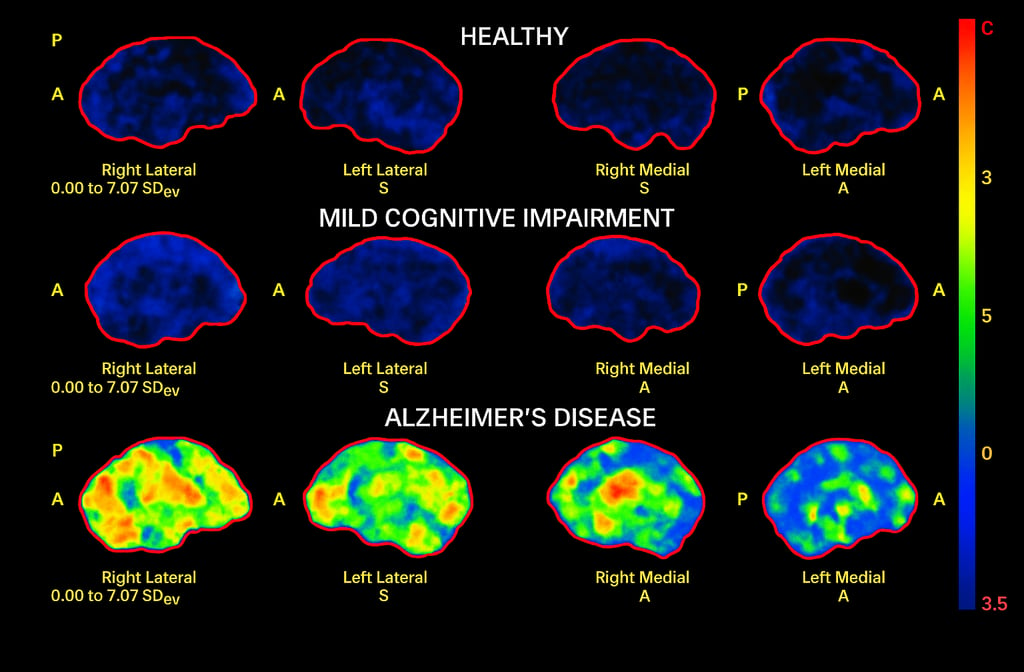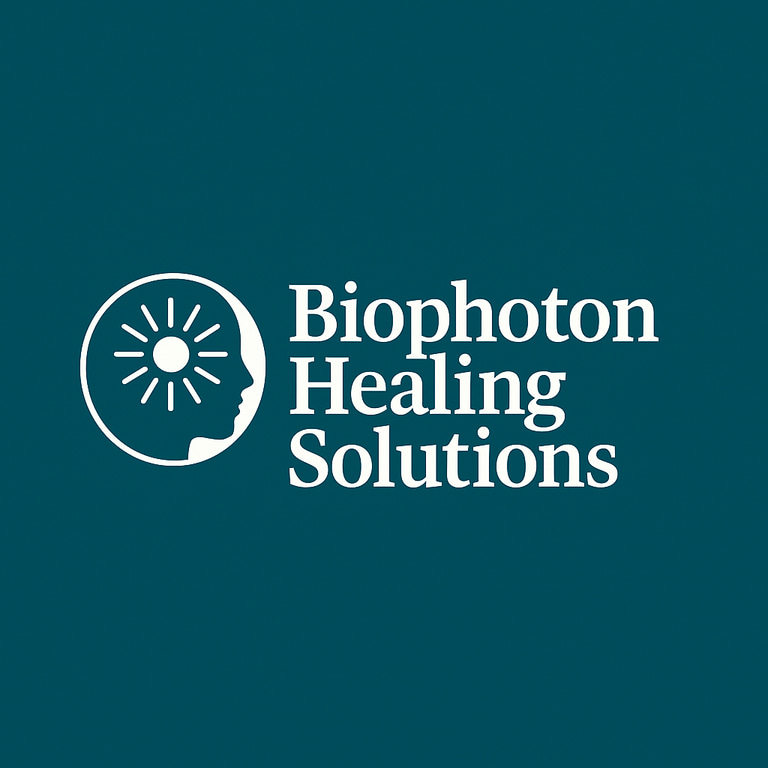A Breakthrough in Stroke Rehabilitation: How Biophoton Therapy Restores Brain Function
Discover how Tesla-inspired biophoton therapy using Automatic Biophoton Generators (ABGs) is revolutionizing stroke rehabilitation. Learn how this non-invasive treatment restores brain function, boosts stem cell activity, and promotes neuroplasticity in chronic stroke patients.
Jeffrey L Mejeras
8/20/20253 min read


Introduction: A New Hope for Stroke Survivors
Stroke is one of the leading causes of long-term disability worldwide. Traditional rehabilitation methods often focus only on symptom management, leaving patients with lasting impairments and limited independence. But a new scientific breakthrough in biophoton therapy is changing the game for stroke survivors.
Recent clinical research demonstrates that Automatic Biophoton Generators (ABGs) — non-invasive devices that emit Tesla-inspired biophoton energy — can stimulate neuroregeneration, improve brain function, and dramatically enhance recovery, even in patients living with chronic stroke for years .
What Are Biophotons?
Biophotons are ultraweak light emissions naturally produced by living cells. They play a vital role in DNA repair, cellular communication, and overall vitality. While biological systems generate these photons naturally, their strength is often too low for therapeutic applications.
To overcome this limitation, scientists developed Automatic Biophoton Generators (ABGs) — advanced devices that emit high-strength, coherent biophotons capable of penetrating deeply into tissues. Unlike conventional light therapy, these photons are emitted as scalar or Tesla waves, enabling systemic effects on the brain and body.
The Clinical Trial: Biophoton Therapy in Stroke Recovery
A randomized, triple-blind, placebo-controlled trial involving 46 chronic stroke patients revealed groundbreaking results:
Stroke Impact Scale (SIS): Patients showed significant improvements in mobility, memory, and daily function.
Neurological Exams: Weekly testing revealed measurable gains in brain activity and motor skills.
Quality of Life (SF-36): Participants reported up to 46% improvement in overall quality of life within just 4 weeks.
Brain Imaging: 3D Non-Linear Scanning (3D-NLS) revealed rapid cortical reactivation and restored hemispheric balance within only 6 days.
qEEG & Event-Related Potentials (ERP): Enhanced brainwave patterns indicated improved attention, memory, and cognitive speed.
Most importantly, no adverse events were reported throughout the trial .
How Biophoton Therapy Works
Biophoton therapy supports recovery at multiple levels:
Anti-Inflammatory Action: Reduces oxidative stress and neuroinflammation, two key factors in stroke damage.
Neuroplasticity Enhancement: Improves synaptic communication, allowing the brain to “rewire” and restore function.
Mitochondrial Boost: Stimulates ATP production for greater cellular energy and repair.
Stem Cell Activation: Encourages endogenous stem cell activity, aiding tissue regeneration and neural repair.
Energetic Balance: Restores flow across classical meridians, harmonizing cardiovascular, digestive, and neurological systems.
Real-World Evidence: 40,000+ Users
Since its introduction in the U.S. in 2020, over 40,000 individuals have used ABGs for a wide range of chronic conditions. Reported benefits include improvements in stroke recovery, pain, arthritis, Parkinson’s, Alzheimer’s, cardiovascular health, and emotional well-being. Satisfaction rates exceed 97%, with zero reported adverse events .
Why This Matters
Biophoton therapy represents a paradigm shift in stroke rehabilitation:
✅ Non-invasive and drug-free
✅ Safe for long-term use
✅ Supports whole-body regeneration
✅ Can be applied passively during sleep
✅ Improves patient and caregiver quality of life simultaneously
This makes it one of the most promising new therapies for those who have been told that further recovery is impossible.
Broader Applications Beyond Stroke
While stroke recovery is the focus of this breakthrough, research shows that biophoton quantum therapy may also support patients with:
Alzheimer’s disease
Parkinson’s disease
Traumatic brain injury
Chronic fatigue syndrome
Arthritis and inflammatory conditions
Age-related degenerative disorders
By restoring quantum-level coherence in cellular communication, biophotons help the body return to balance and self-repair.
Conclusion: The Future of Stroke Rehabilitation
For millions of stroke survivors, the journey doesn’t have to end with disability. Tesla-inspired biophoton therapy offers a scientifically validated, non-invasive path to neurofunctional recovery. With evidence from EEGs, brain scans, and clinical outcomes, ABG therapy stands at the forefront of energy-based regenerative medicine.
As research expands, biophoton therapy may soon become a foundational treatment for not only stroke rehabilitation but also a wide range of chronic conditions where traditional medicine has fallen short.
References & Attribution
This article is based on research published by:
James Z Liu, Helen Y Gu, Mariola Smotrys, Seth Robinson, Huixia Yu, Devin R Liu, and Sherry Liu (2025).
“A Breakthrough in Stroke Rehabilitation: Non-Invasive Biophoton Therapy Promotes Neurofunctional Recovery in Chronic Stroke Patients.”
Journal of Alzheimer’s Disease & Reports. DOI: 10.47363/JADR/2025(2)108
